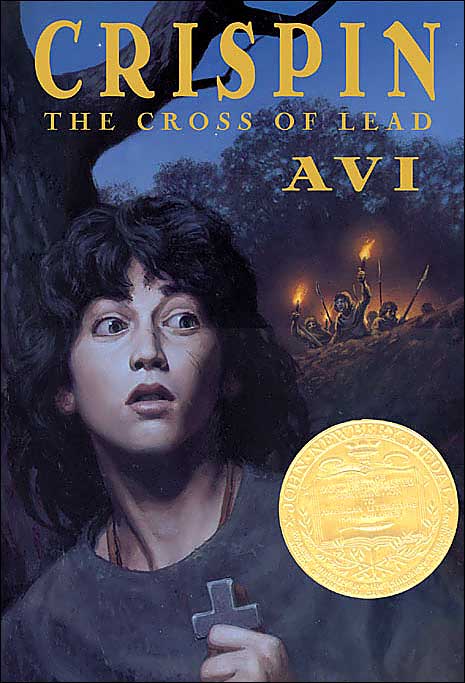Stop Pretending is a creatively written book written by Sonya Sones that tells a story, written through poetry on each page. Stop Pretending focuses around the narrator's older sister who suffers from a mental breakdown on Christmas Eve forcing her to be hospitalized. Through her hospitalization, we see the narrator depict different days during her sister‘s placement in a mental-ward, describing how her family is dealing with it, and the struggles that it is bringing. Through its free verse the reader gets the chance to enjoy a uniquely written story with a depiction of how to deal with different stress’ that arise throughout one’s life.
Reading Level: 6.4
Vocabulary: Gauze, Omaha, weep, rambling, totaled (a car), confide, willow and synchronized.
Readers: Below are a few websites that could assist in the learning and teaching of this book!
This would be a great website to use with your students as it talks about the author and the book. One thing that I really liked is that it provided a button which lets you quickly add it to your “book list” online. This would be a great way to integrate technology and have students keep a record or log online of all the different books that they have read!
This website can provide the students with knowledge about the author along with the different types of books that she has written. Students might find that if they enjoyed this book, then they might find other books by her enjoyable as well and this would be a great website to have them connect with to learn more!
Activities:
Pre-Reading:
Before reading “Stop Pretending” students should discuss with the teacher what a “free verse” is and how it makes it different than a regular poem. Students should have prior knowledge of poems and different techniques that are used such as metaphors and similes.
During Reading:
While independently reading, students can take note of the different metaphors and similes that Sonya added throughout her book. After writing these techniques down, students can reflect on if they felt this helped strengthen the poem, and why.
After Reading:
Once finished, students can make a text-to-self connection and choose a story in their own life, and follow the writing format that Sonya did. Students can first write it out as a short narrative and then change it into 2-3 different poems, making sure they are telling the same story.
Sones, S. (2001). Stop pretending: what happened when my big sister went crazy / by Sonya Sones.. New York: Harpertempest.






